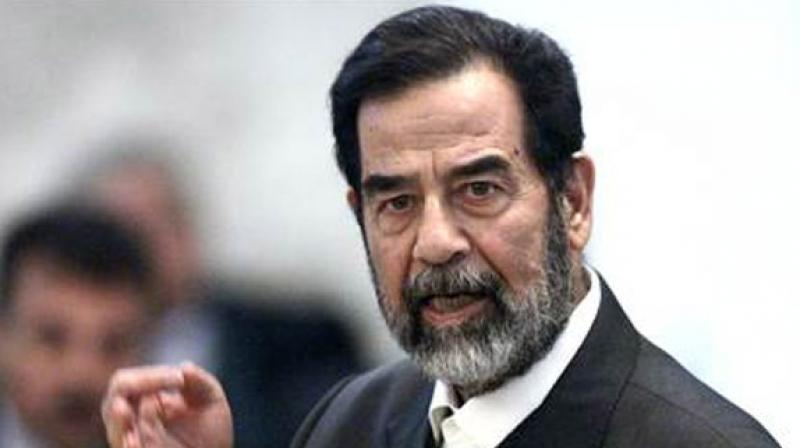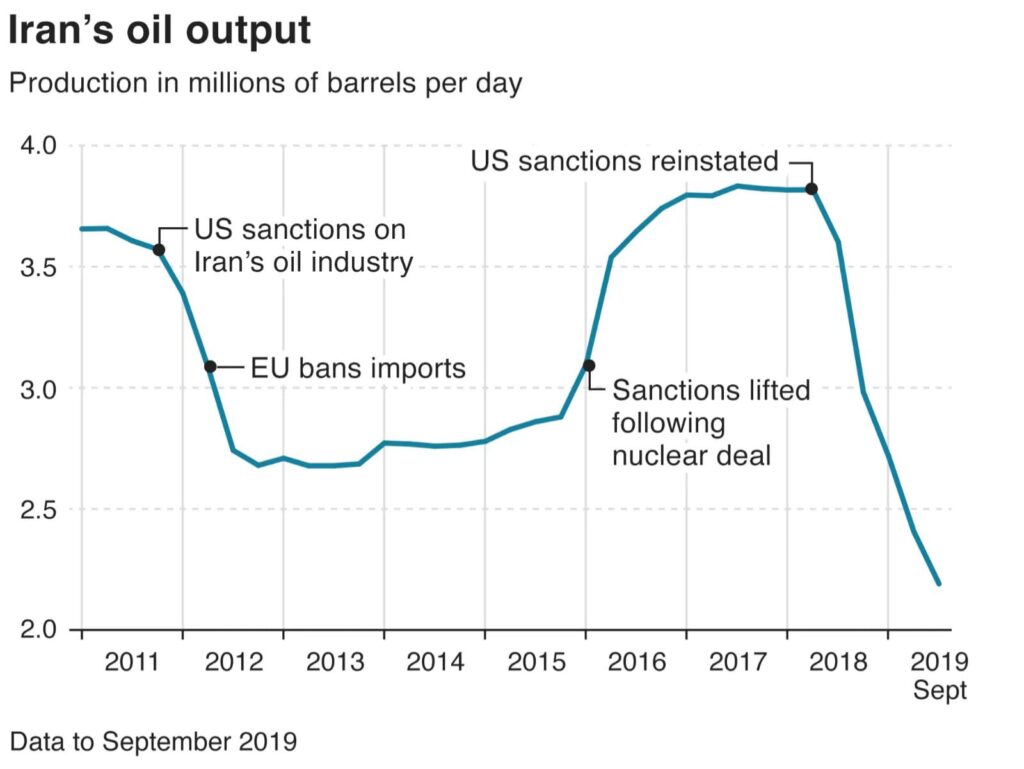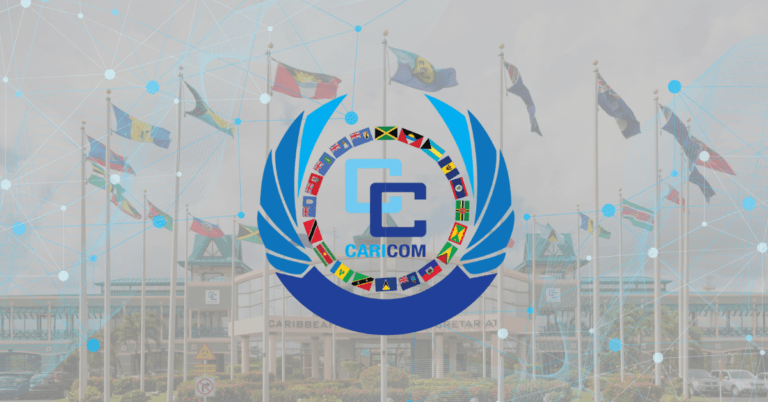….Syrian sanctions proved two points: sanctions can cause thousands of deaths of innocent civilians. Secondly, US policy was not effective.…
The imposition of economic sanctions is a well-known tool used by a country or international organizations on another country/personality or any other entity to influence its policy and decisions and at the same time, persuade enemy states to behave in certain ways. Though economic sanctions are not a new geopolitical tool, they gained popularity especially after the Cold War, when the USA remained the only sole superpower. Economic sanctions or economic blockades became more prominent when countries started using sea routes for trade.
In earlier times, economic sanctions were used in wartime only. During the world wars, the United States and its allies, particularly European countries, used economic blockades extensively. With the growth of international trade, enforcement of sanctions became easier. After the end of World War II, the US modified its sanction policy and used it against communist countries.
After the September 11, 2001 attack, the US enforced another round of sanctions. It imposed economic restrictions on several terrorist organisations and countries that were believed to support or be involved with them. With that, the use of economic sanctions became more prominent. It became difficult to assess the effectiveness of these sanctions because most of the time the US failed to accomplish its main goals.
The Theory vs Reality of Sanctions
When the United Nations was established after World War II, the use of economic sanctions received legitimate status. It was included in the UN Charter and became a part of international politics. It was taken as a diplomatic tool by the states and international and regional organisations and financial institutions like the World Bank and International Monetary Fund(IMF) to maintain law and order and peace.
The UN Charter legalised economic sanctions to avoid military conflict between states and to create a peaceful environment and force states to solve disputes through means of mediation. In practice, this idea was never implemented in its original form. The concept of collective security in this polarised world was not possible. The permanent five countries of the UNSC started controlling the sanctions. They used veto power to protect their allies from sanctions, making collective security just an idea in theory.
In theory, the United Nations only allows authorised imposition of sanctions, but in practice, international politics is full of unauthorised actions taken by strong member states. Also, practical lessons explain economic sanctions will not always bring desired outcomes or restore peace or solve problems. Then comes the concept of ‘targeted sanctions’. Instead of imposing sanctions on the whole population of the country, Targeted sanctions aim to freeze the assets, bank accounts, and travel privileges of a country’s ruling elite, rather than hurt the wider population.

After the disintegration of the USSR, the United States became the sole superpower. It got the freedom to enforce its own foreign policy standards and protect its national interests. The US has used its favourite tool so much that it has reduced its effectiveness. The US still believes in sanctions though it has failed many times. Examples of Iran, Iraq, North Korea, Zimbabwe are evident and prove that sanctions do not always work. Sanctions also encourage black markets. Sanctioned individuals or entities that are unable to reach their basic necessities move toward black markets. In the context of Saddam Hussein, he relied on Sunni groups for smuggling oil and other goods. Also, it cannot be said that sanctions removed him—the U.S. military attack removed him.
It’s not like sanctions were always unsuccessful. In a few examples, those economic sanctions worked. Such as, after years of facing difficult economic restrictions, the United Nations relaxed its economic sanctions on Iran in 2016 and compelled Iran to limit its uranium enrichment. Similarly, in the 1990s, sanctions convinced Libyan leader Gaddafi to hand over those suspects who were involved in terrorist activities. Also, Libya stopped the development of weapons of mass destruction.
Also Read: Japan’s Soft Power: Ghibli Art, A Part Of Their Cultural Diplomacy
The Politics of US Sanctions
After World War II, the United States and other countries set up a new economic system based on open trade and a shared role to guide the global economy. They established international financial institutions such as the World Bank, IMF, and World Trade Organization. This new international system allowed the US to increase its political influence across the globe. It now felt responsible, as the only superpower, to spread western democratic principles and capitalism by funding those institutions. It started using economic sanctions on those who did not obey the new US-scripted rules regarding weapon manufacturing, nuclear technology, or resolving international issues. Washington persuaded Western countries to block imports to the communist countries. China, Vietnam, Cuba, North Korea, and Cambodia faced multiple embargoes.
In 1977, Jimmy Carter introduced the International Emergency Economic Powers Act, which permitted the President of the United States to regulate the economy in emergency situations or if the US is expected to face any danger. It allows the president to enforce sanctions according to his own belief.
The United States started the practice of using sanctions unilaterally to pursue its strategic goals. It started enforcing sanctions with or without the support of its allies in the United Nations. The US imposed sanctions on Iran, Iraq, Kuwait, and heavily aided dozens of other countries. Debates were started about the effectiveness of these economic sanctions when people began analysing the economic and humanitarian costs faced by innocent civilians. A study by the National Association of Manufacturers in 1997 estimated there were 35 countries that endured US economic sanctions during 1993 to 1996, and most of them were imposed unilaterally.
To examine the effect and effectiveness of sanctions, let’s look at 2 case studies of the two most US-sanctioned countries:
1. Syria:
In 1979, the US imposed sanctions on Syria, accusing it of supporting terrorism. In 2003, a new law added more restrictions because Syria was helping Lebanon. Later, during Obama’s time, the first sanctions specifically targeting Bashar al-Assad’s government were introduced. The goal was to pressure him to step down. These sanctions froze Syrian imports and banned Americans from doing any kind of business with Syria. After that, the European Union also banned Syrian products. This hurt Syria badly because 95% of its oil exports went to Europe. Between 2010 and 2015, Syria’s GDP fell by 75%(IMF Working Paper PDF). The IMF said this economic collapse was even worse than what Japan and Germany faced during World War II.
Things got worse when people in Syria were cut off from food and medicine. Human rights organizations couldn’t bring in basic medicines or receive money from abroad. International aid couldn’t reach Syria either. Syrian sanctions proved 2 points: sanctions can cause thousands of deaths and affect innocent civilians, and secondly, U.S. policy was not effective. It did not reach its goal. Developed countries use sanctions to avoid taking military actions, which is a direct attack on civilians and infrastructure, but economic sanctions damage the infrastructure and kill innocent civilians indirectly and slowly.
2. Iran:
Iran has been under US sanctions since 1979, making it one of the most heavily targeted countries. Things escalated in 2011 when Iran pursued nuclear technology. The US feared Iran might pass nuclear weapons to regional allies and use them against Israel and the West. Iran denied these claims and pointed to its participation in global treaties on nuclear weapons, but the West stayed unconvinced.

Alongside the US, countries like Canada and those in the EU imposed travel bans and financial restrictions. Iranian banks were cut off from global financial systems. These sanctions weakened Iran’s currency and limited access to foreign goods, but they didn’t break the country’s economy. Politically, Iran stayed firm and refused to change its stance.
In 2018, Trump’s administration reimposed even harsher sanctions, claiming it was the toughest action yet. He pressured countries to stop buying Iranian oil, which led to a sharp economic decline. Inflation on basic goods like food and medicine soared. Living standards dropped, and Iran’s GDP fell by 7.6% in 2019–20. The Iranian currency also lost half its value.
These sanctions triggered mass protests across the country. Though the US claimed its aim wasn’t to hurt ordinary people, they are the ones suffering. Trump hoped the pressure would make Iran abandon its missile program. But so far, the sanctions haven’t achieved those goals. The cost, however, is clearly being paid by everyday Iranians.
Economic Policy Under Trump Administration
Donald Trump has fundamentally changed how America deals with other countries by using economic sanctions as its prime weapon. During his first presidency from 2017 to 2021, and continuing now in his second term that began in 2025, Trump has imposed over 5000 sanctions on companies, individuals, or whole nations. This is one of the most intense uses of economic pressure in recent history. During his first term alone, about 3 new sanctions were added every single day. US Treasury Secretary Steven Mnuchin once admitted, “he spent half of his time on sanction policies.”
The scale of Trump’s sanctions campaign is striking. In 2018 alone, he imposed 1,474 new sanctions, breaking all previous records. To put this in perspective, the total number of U.S. sanctions rose from just 912 in 2000 to 9,421 by 2021, with the sharpest rise happening during Trump’s presidency. While most targets include countries like China, Iran, North Korea, Russia, Syria, Venezuela, and Cuba, he did not hesitate to pressure their allies when he felt it served American interests.
One of the biggest changes to US foreign policy was how he expanded the use of secondary sanctions—measures that punish third parties who do business with sanctioned countries or entities. This approach forced other countries to choose between doing business with America or with sanctioned states. In his second term, Trump has gone even further. He has introduced what he calls ‘Secondary Tariffs’—a mix of sanctions and trade policy. In March 2025, for example, he signed an order saying that any country buying oil and gas from Venezuela would face a 25% tariff on all its exports to the US. It’s a new kind of economic pressure, blurring the line between foreign policy and trade.
Trump’s aggressive use of economic sanctions demonstrated both the power and the limits of America’s economic dominance. While the US can impose significant costs on any country or company that relies on the American financial system, this power comes with a cost. The more aggressively America uses its economic weapon, the more reasons other countries find to develop alternatives.
Also Read: Balochistan: A Land Of Riches, Betrayal And Resistance
Do Economic Sanctions really work?
The truth is, sanctions don’t have a clear record. Sometimes they work, sometimes they don’t. In a few cases like Libya in the 1990s or Iran in 2016, they pushed governments to change course. But most of the time, they fail to achieve the main goal.
North Korea is still building missiles. Syria’s Assad was in power till 2024. Iran hasn’t changed its nuclear posture. What this shows is that sanctions alone can’t force a government to bend, especially when that government is ready to let its own people suffer.
Sanctions also create side effects. They damage economies, but not always in smart ways. Instead of hitting the rulers, they hit ordinary people—those who have nothing to do with foreign policy. Over time, this creates anger not just at their own leaders, but also at the country imposing the sanctions.
And now, there’s something new—what experts call “sanctions fatigue.” Countries are tired of US pressure. Many are now trading in their own currencies and building systems that don’t depend on the US dollar. So even America’s strongest weapon is slowly losing its bite.
In the end, sanctions might look like a clean solution, but they come with real costs: economic, political, and human.
Conclusion
Sanctions are seen as a peaceful alternative to war, but in reality, they often end up punishing the people more than the governments. The US may believe it is defending global order or protecting its interests, but the cost is mostly paid by ordinary civilians—through poverty, hunger, and isolation.
In many cases, sanctions have failed to change regimes or stop dangerous programs. Instead, they’ve created anger, resistance, and suffering. The question is not just whether sanctions work, but whether they are fair, consistent, and humane. Without clear goals and honest reflection, sanctions risk becoming just another weapon—one that hurts the weakest the most.
Written by: Nayan Jyoti Kalita, Founder of HegemonIQ and Member of Greater West Asia Forum, India.





[…] Also Read: Economic Sanctions In US Foreign Policy: Effectiveness, Ethics, And Consequences […]
[…] (Also Read: Economic Sanctions In US Foreign Policy: Effectiveness, Ethics, And Consequences) […]
[…] Also Read: Economic Sanctions in US Foreign Policy: Effectiveness, Ethics, and Consequences. […]